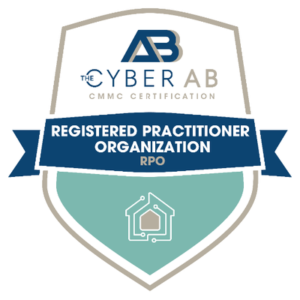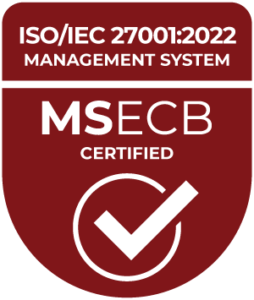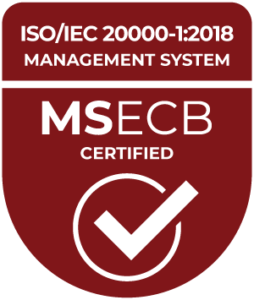As a central component of modern cybersecurity strategies, a security information and event management (SIEM) system integrates and analyzes a wide range of data sources to assist an organization in identifying and responding to security incidents, enhancing compliance and improving security postures. To achieve these goals, a SIEM system uses the following methods:
Data Collection and Integration
A SIEM collects data from various sources within an organization’s IT environment, such as:
- Network devices: Routers, switches, firewalls and intrusion detection/prevention systems.
- Servers and endpoints: Operating systems, applications and endpoint security solutions.
- Identity and access management systems: Active Directory, single sign-on (SSO) solutions and other authentication mechanisms.
- Cloud environments: Cloud service provider logs, cloud-based applications and infrastructure-as-a-service (IaaS) platforms.
- Security tools: Antivirus software, vulnerability scanners and other specialized security tools.
The SIEM system aggregates this data in real-time, providing a centralized repository of security-related events.
Normalization and Correlation
Data collected by a SIEM system is normalized to ensure consistency across formats and sources. Converting raw data into a standardized format makes analyzing it easier.
The SIEM system correlates events by linking related data points from different sources. For example, an attempt to log in from an unusual location followed by a privileged action on a server might indicate a security incident. Correlations help identify complex threats that aren’t readily apparent from individual events.
Real-Time Monitoring and Alerts
A SIEM system continuously monitors collected and correlated data in real time. It detects anomalies using predefined rules, machine learning algorithms and behavioral analytics. When a potential threat is detected, an SIEM system sends alerts to security teams via dashboards, emails or other notifications.
Incident Response
A SIEM system can automate parts of the response process when a security incident is detected. These actions may include:
- Quarantining infected systems: Automatically isolating a compromised system from the network.
- Blocking malicious IP addresses: Updating firewall rules to block traffic from suspicious IP addresses.
- Triggering playbooks: Initiating predefined incident response workflows that guide security teams through the steps to contain and remediate the threat.
A SIEM records all actions taken during an incident, providing a thorough audit trail for post-incident analysis.
Improving Security Posture
By continuously analyzing data and learning from past incidents, a SIEM system helps an organization improve its overall security posture. This is achieved through:
- Threat intelligence integration: Incorporating external threat intelligence feeds to stay updated on emerging threats.
- Security analytics: Using advanced analytics to identify trends, vulnerabilities and areas for improvement.
- Continuous monitoring: Keeping track of all activities within the network to detect and respond to threats as they evolve.
Compliance Reporting
A SIEM can help an organization meet regulatory compliance requirements by automating log data collection, retention and reporting. Many regulations require organizations to keep detailed records of security-related activities.
In sum, a SIEM system provides a centralized platform for collecting, analyzing and responding to security data, essential for modern cybersecurity strategies. By using a SIEM system, an organization can identify and respond to security incidents swiftly, ensure compliance with regulations and improve its security posture by integrating data from various sources, normalizing and correlating it and monitoring it in real-time.
Looking to leverage a SIEM for your organization’s cyber defenses? MBL Technologies can help. We offer a wide array of cybersecurity services to identify weaknesses and implement cost-effective, targeted solutions. Contact us today to get started.




